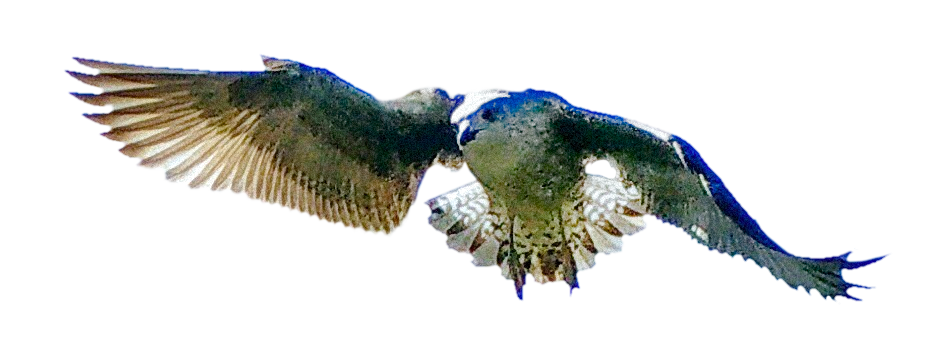Learning from worm brains

Recently I came across two papers about the C. elegans, a tiny translucent worm. The papers are interesting because they help shed some light on how brains work. In fact, despite the constant claims about robots taking over, ethical implications of AI and simulating or uploading brains, the truth is that we still know very little about brains.
We have innumerable theories, we use different modelling tools to describe what we think the brain does (statistical, computer simulations, mathematical and descriptive). We are not even sure if we should study the brain as a stand alone organ, or if we should consider it as part of the body, or if we should study bits and pieces and then assemble our understanding back together into a whole. On top of that, we are forced to study the brain at different spatial levels, from neurons, to brain areas, to the whole brain, and at different time-scales, from milliseconds to days.
Having discussed what we know about the brain with neuroscientists, I am aware of the frustration of some of them, the untold truth about the field. Their frustration is also about some colleagues who make grandiose statements about simulations, equations or statistical frameworks claiming to explain some very specific functions or the whole brain. And disillusion about videos of robot dogs running, or humanoid robots performing some tasks that engender admiration from the general public, but do not help the field advance because those robots are programmed, in the traditional sense of the term.
And not only that, but when we study the brain, we use terms such as life, intelligence or consciousness without a real understanding of those terms. For example, when we see something we can immediately tell if it is alive or not, but what makes it alive, or intelligent vis a vis another object is all a different matter.
This is why I personally find it interesting to study the simplest life forms, such as the C. elegans, because all the unanswered questions that I mentioned plus many others can be investigated without the gigantic complications of having to deal with billions of neurons, expressing a seemingly infinite repertoire of behaviours, as in higher animals, us included (maybe, except consciousness). And these two papers fall in this category: simple animal, complicated questions that we can possibly answer.
Here are the links to the papers:
Glia-derived neurons are required for sex-specific learning in C. elegans
Global Brain Dynamics Embed the Motor Command Sequence of Caenorhabditis elegans





